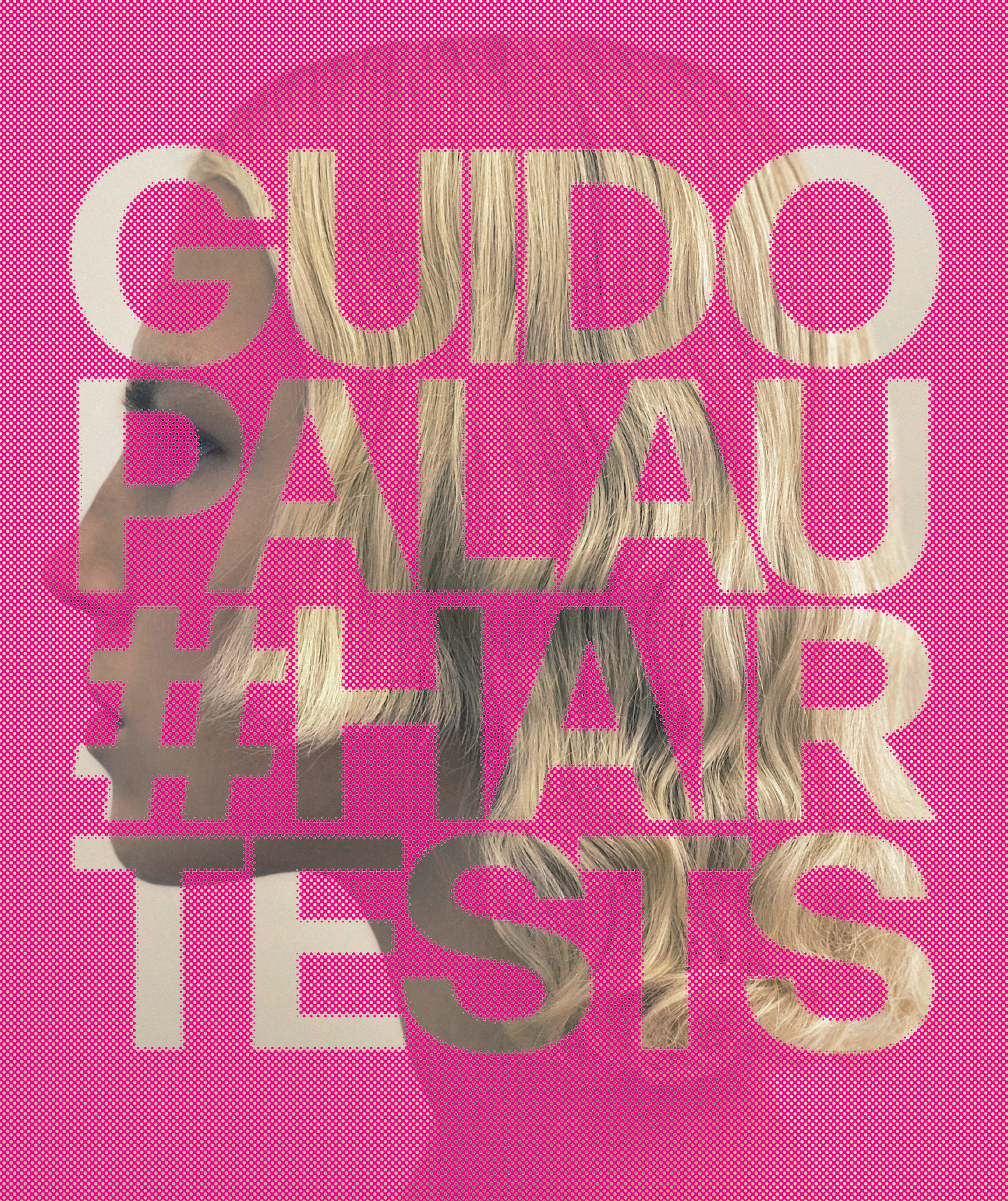Since the late 80s, it’s hard to think of a major fashion house that Guido Palau hasn’t played a role in shaping the visual identity of. Known industry-wide by his mononym — so just Guido, à la Kate, Kristen and Naomi — his hair artistry has been a keystone feature of runways from Louis Vuitton to Raf Simons and Prada, as well as some of the most memorable images shot by David Sims and Steven Meisel, and countless covers of this very magazine.
In his latest project, however, the focus is less on the part that the hair artist has played in shaping the beauty zeitgeist, but rather on the craft and propensity for character creation that defines his work. Published by IDEA, #HAIRTESTS collects 18 months’ worth of iPhone snaps taken backstage at shows and quiet studio sessions, with the focus placed solely on the hair. Mapping out of one of the beauty industry’s most definitive minds, it’s perhaps best thought of as a sketchbook of ideas around the power of hair to offer insights into the people around us, and a proud testament to the unfathomably broad horizons of beauty today.
Here, Guido discusses his career, building characters out of a person’s profile and the most significant shifts in beauty he’s seen in his time.
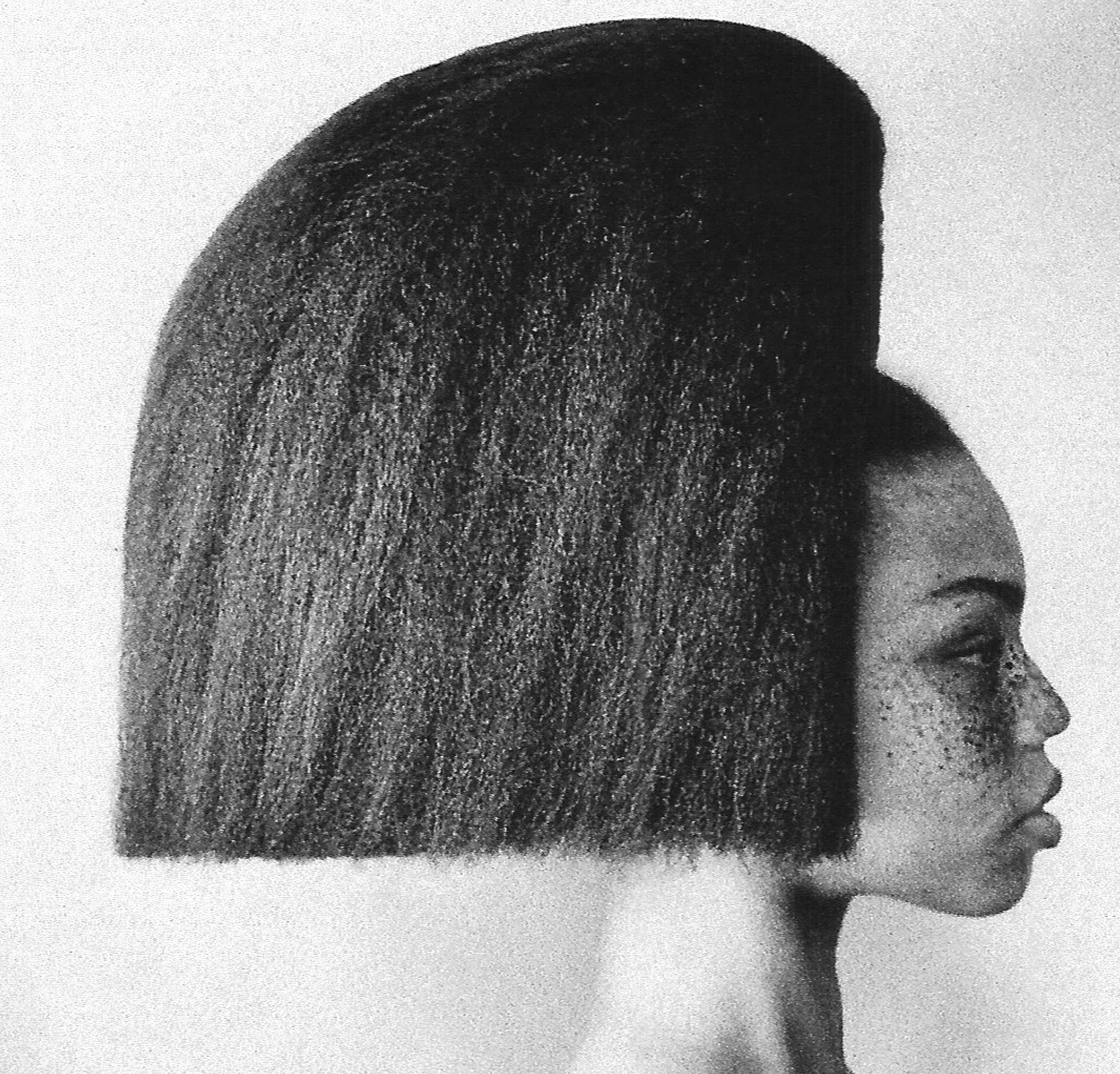
Hi Guido! So, how did #HAIRTESTS come about?
It was in part through being backstage and doing hair tests with designers, where you often take pictures of what you’ve done on your phone. And then during lockdown, like a lot of people, I often thought about what was going to happen with my career, and I continued doing these hair tests on my own when people were able to start getting back together. I’d have models come to the studio and I’d do their hair and take a snap on my phone. Once I’d started working on it, it sort of moved in its own direction. I’ve always been really inspired by real beauty and a real sense of how people actually do their hair, so I really wanted that to be central to it. I mean, of course, some of the hairstyles in the book aren’t really things you can do at home, but in general, it’s a compilation of ideas that I’ve seen on people somewhere, at some time out in the world.
You’ve described it as “a sketchbook of ideas” rather than a photography book. What’s behind that distinction?
Well, everyone uses their phone to take pictures of the world around them. If you’re into food, you take pictures of your food, for example. We all carry these libraries of references with us, and it just so happens that mine got made into a book. So I wouldn’t say it’s a photography book, it’s a book of ideas. And I suppose that it’s a book of our time, really, because without Instagram, I wouldn’t have done this book. It’s almost been done in reverse — taken from my Instagram ideas and then made into a book. Everybody today has the platform and the ability to create their own things, because everyone’s got their own content. In that respect, I think of this more as a published version of what anyone can do.

Your work is usually seen in the broader context of a runway show or editorial image. How did you find the process of putting together a project that focuses so purely on the hair?
Well, whenever I go into a project, even though I’m normally a part of a group of other creatives, that’s always my focus. At a fashion show, the aim is to hopefully promote what the designer is trying to get across to their audience. And in a photography studio, I’m part of a collaborative team. Granted, it was funny to work on my own — there was nobody to offset ideas with, it was just about my own thoughts. But I’ve always had quite a strong idea about hair, and strong opinions about the way I like people to look. So in that respect, it was quite easy. When I see someones’ face, even if I’m actually not doing their hair, I will quickly think about how their hair might look best. And here, the people you see aren’t like that in real life — I’ve mapped my fantasies, my creative vision of hair, onto them. They become the characters that I’d like them to be for that moment. And I think that’s the great thing about hair — you can change people and their identities in such a profound way.
It’s one of the most immediate things that forms part of a first impression of someone, isn’t it?
I think it’s a big indicator of who you are. Whether you’re doing a show or a picture, the viewer will always look at the hair very quickly to get an indication of what the image or the designer is trying to say. Hair is a big indicator for us all — whether consciously or not, we look at people all the time, even when we’re just walking down the street. For me, it forms part of my inner visual library. Whether I’m sat in a restaurant or on the tube, I’m always looking at people’s hair — it just makes such a big statement about who we are.
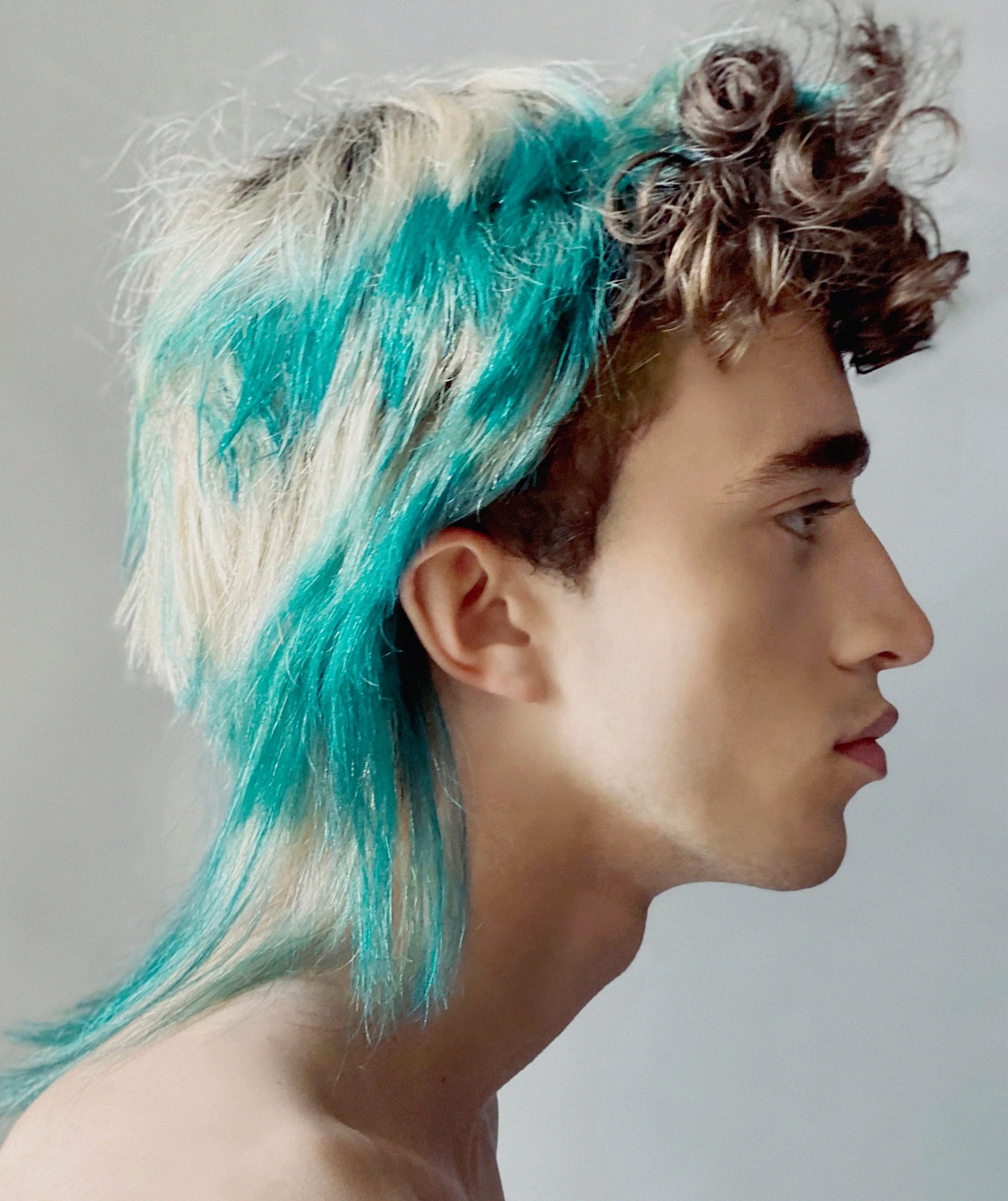
So how do you approach developing and expressing character through hair alone? Is there a particular thought process you’ll go through when looking at someone?
A person will sit in front of me and I’ll focus on something — it might be their eyes, their nose or their chin. In this book, they were all profiles, so it was always about proportion. It could be about whether I wanted to emphasise certain features, and thinking about creating architectural structures. It’s really like designing something — I think of proportion, then I think of what the texture will be — whether it’ll be super smooth and glossy or natural and rough; or whether it needs a bit of colour in there to emphasise something. On the whole, though, I wanted the hairstyles to feel weirdly wearable. I’ve done books in the past that have been more fantastical and unreal, but I really wanted this to reflect what I felt people did with their hair. In most of the hairstyles, there’s one thing that will be a bit off — something that’s not quite right. A cut may be too straight, or there’s a layer in there that feels a bit out of step with the rest of it. It’s something that I hope the viewer will pick up on — it makes you question notions of good and bad taste, and that’s always a feature in my work. I’ve always been drawn to approaches to hair that are slightly unconventional or that reflect the way that real people might do their hair, even if that wouldn’t typically be considered the “right thing”. We’re also living and working in a time when beauty is constantly changing. It’s so wonderfully diverse and our eyes have been opened to accepting every kind of beauty. I’ve always been fascinated by how beauty and hair reflects the times that we live in, and as we all know, we’ve all certainly been through some explosive times. Hopefully, this book represents the changing face of beauty as it is now — and serves as a reminder of how anyone really can be perceived as beautiful.
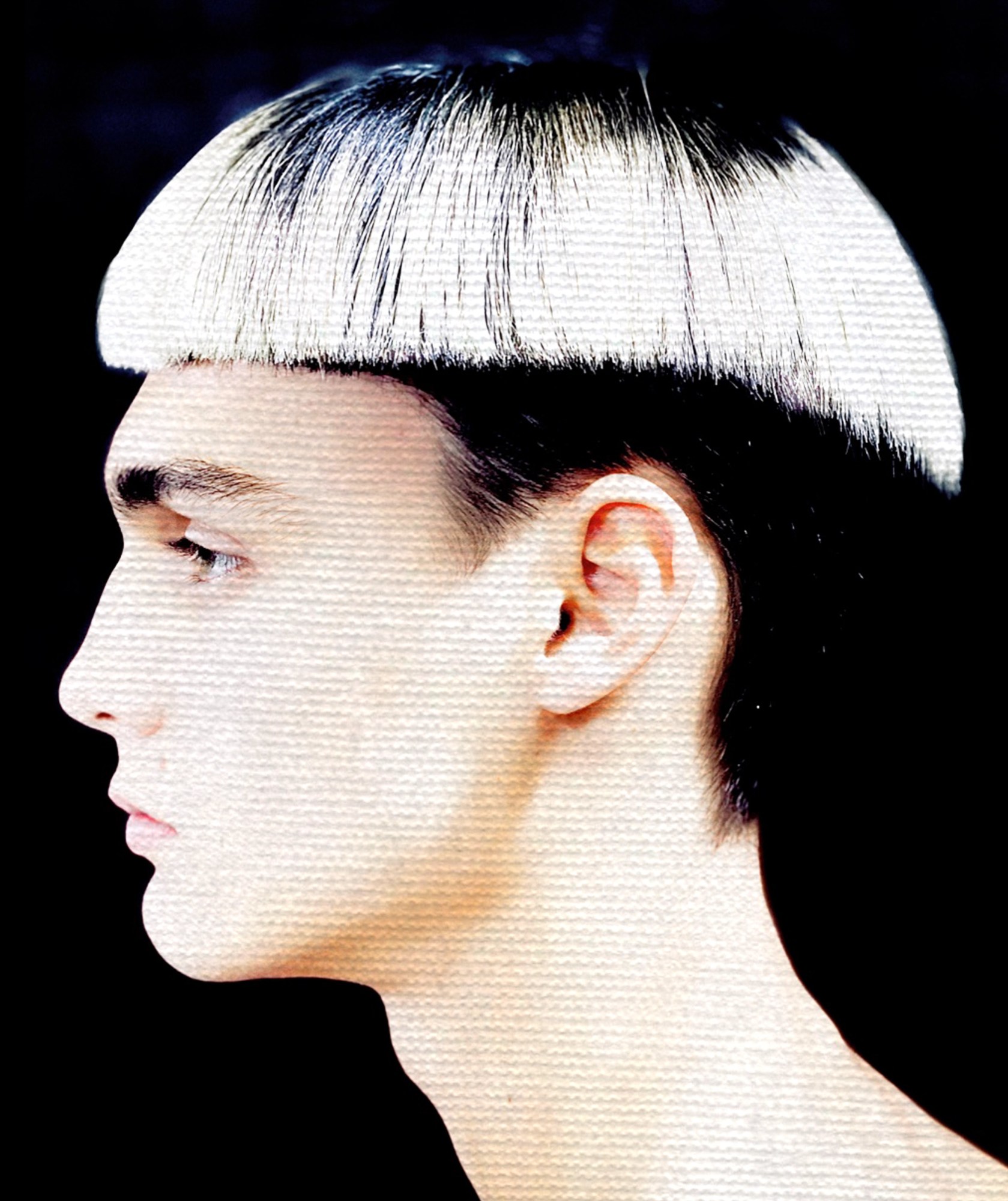
What do you think have been the most significant shifts in beauty in your time working?
Well, I was part of the late 80s/early 90s supermodel period, and then became more known for breaking that down through the grunge movement of the early and mid-90s. You suddenly had people like Kate Moss come along, who back then represented a really alternative idea of beauty. She was much smaller, she had a rawer energy, and her images were about not doing your hair and not doing your makeup — very naturalistic, almost anti-beauty in a way. When you look back on those images now, they almost seem timid, but they were quite explosive at the time. That whole movement started to show people that they could be beautiful without spending hours in the hair salon and without doing tons of makeup. I think that we’re now experiencing another explosive shift, though, with the beauty industry opening up to every possibility of beauty — and it’s so accelerated, compared to what we’ve previously seen. If you’re into hair down to your backside, there’s a magazine or runway where can see that, and the same goes for if you’re into really experimental braiding. Things aren’t so pigeonholed. You can have your hair blue, green, braided, natural — there aren’t any rules to beauty anymore. God knows where we’ll be in 20 years’ time!
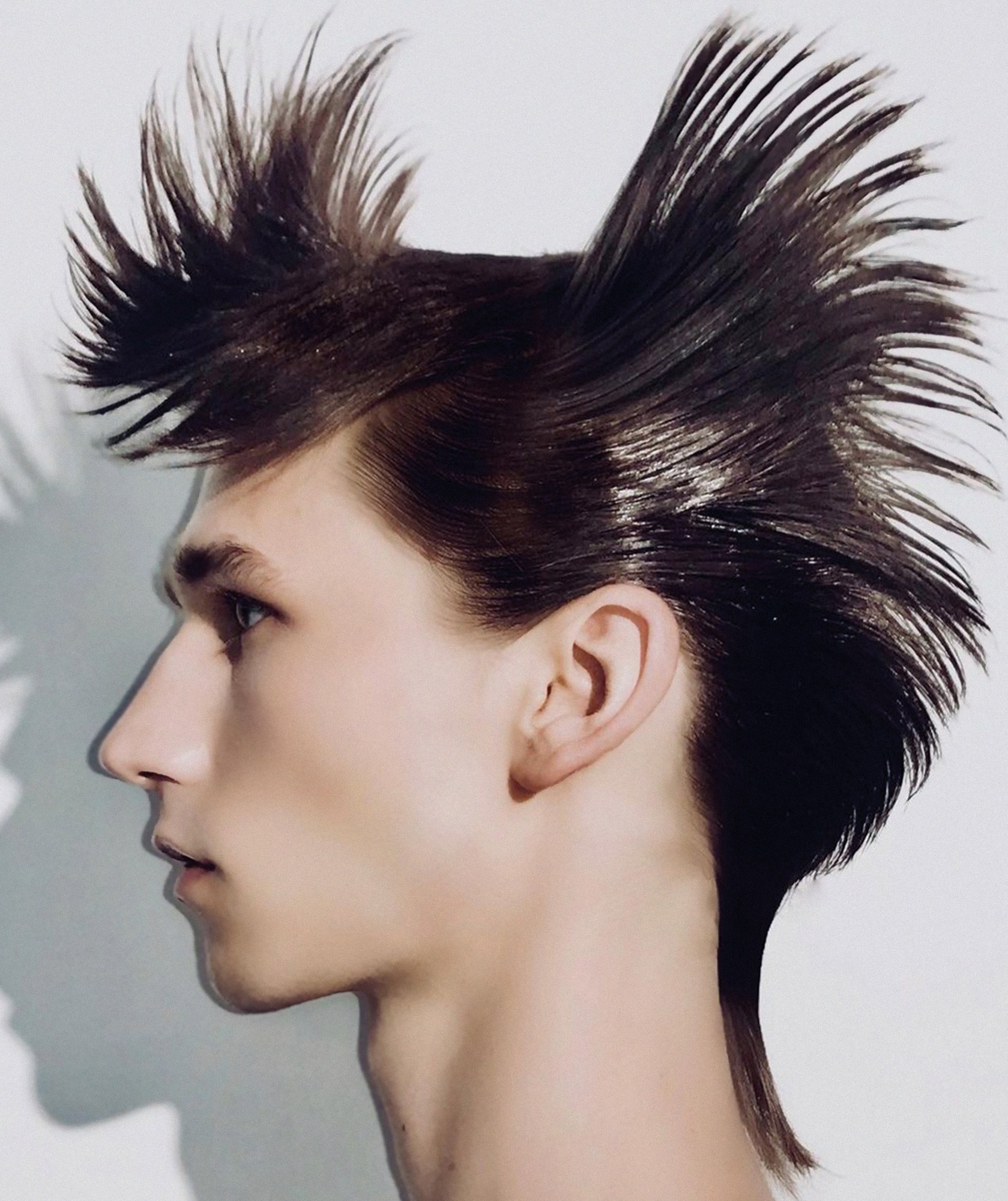
That sense of range makes itself felt here in this book, but over the years, have you ever come close to developing a ‘science’ of what makes for a Guido Palau hairstyle?
I think I’m just lucky to have these hands. I don’t think I’m the most technical hairdresser out there, but what I have is a way of looking at people that I can then translate with my hands through hair. It’s a very guttural thing, really instinctual. And over the years, I’ve honed that down, and when I’m doing something with hair, I’m very focussed and driven by a gut feeling. A person sits down, I look at their profile, and they might conjure something up that I’d seen in a book or magazine that I’d years ago, and I’ll bring that idea to life on that person. So my process is really a culmination of all the references I’ve seen, the different hair types I’ve touched. Even if this book took 18 months to do, it’s still the result of 30 to 35 years of experience. And when people are true to themselves and what’s around them, you can really see it. Whenever young artists and hairdressers ask about my career, I always say that the most important thing is to be true to yourself and your vision of beauty. If you’re a hairdresser who grew up on the beach in California, for example, you’ll probably understand the nuances of long surfer-y hair very well, And I think that I’m the truest to my aesthetic when there’s a slight punk-ness to it, because it’s an era that I grew up in. That’s not to say that you can’t learn other things, but it’s good to start from something you excel at and build from there. Ultimately, I think that’s what this book’s really about — me being true to what I love.
